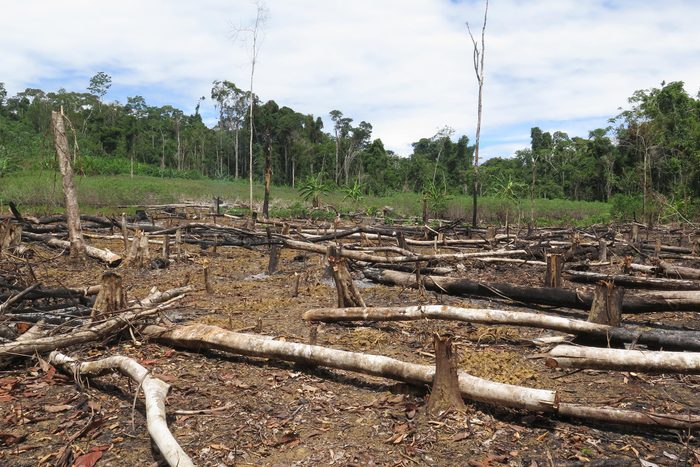
Deforestation destroys habitats
One of the most obvious consequences of felling millions of trees every year is disappearing wildlife. Many ecosystems across the world depend on their forests and the biodiversity therein. Some species that are endangered at least partially because of deforestation are the Asian elephant, the Amur leopard, the chimpanzee, the Giant panda, and these other animals that could disappear in your lifetime.
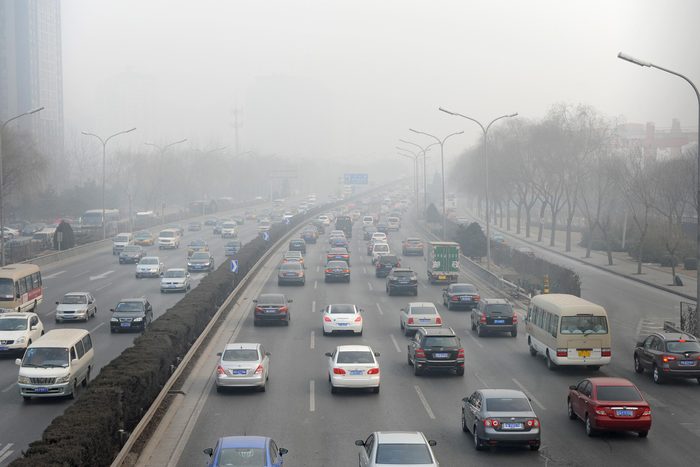
Fewer trees mean poorer air quality
Trees are responsible for detoxifying our air by soaking up carbon dioxide. One acre of mature trees can absorb the same amount of CO2 produced when you drive your car 26,000 miles. Without forests, our air is more polluted, which can cause these 9 scary things happening in your body.
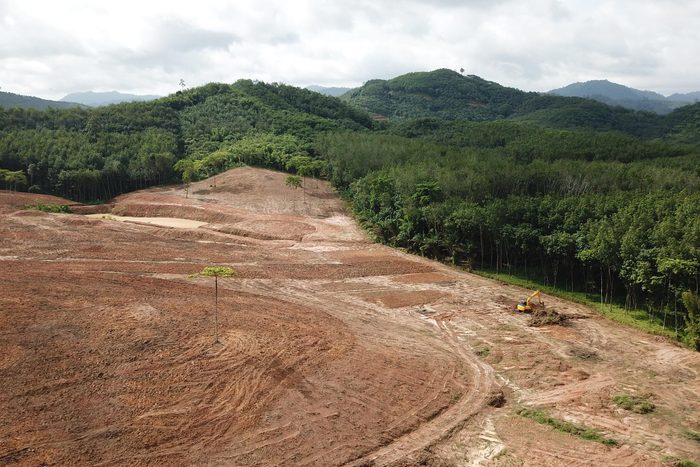
Deforestation contributes to global warming
Carbon dioxide is a leading cause of the greenhouse gas effect, which happens when gasses and heat create a layer that traps the sun’s heat in our atmosphere, reports NASA. Most climate scientists agree that this is the main cause of global warming, which can lead to these surprising changes in your everyday life.
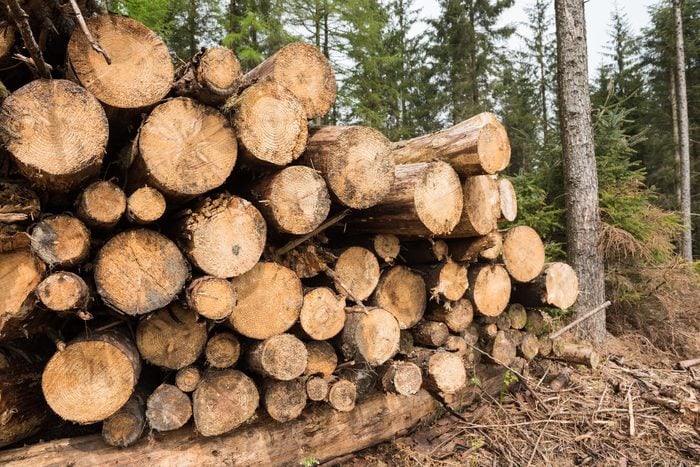
Americans use 68 million trees per year
You may not think twice about jotting off a note on a fresh piece of paper or stuffing that birthday present package with colorful tissue paper, but the world does. The Environmental Protection Agency (EPA) reports that as of 2014, Americans use 68 million trees per year for their paper needs.
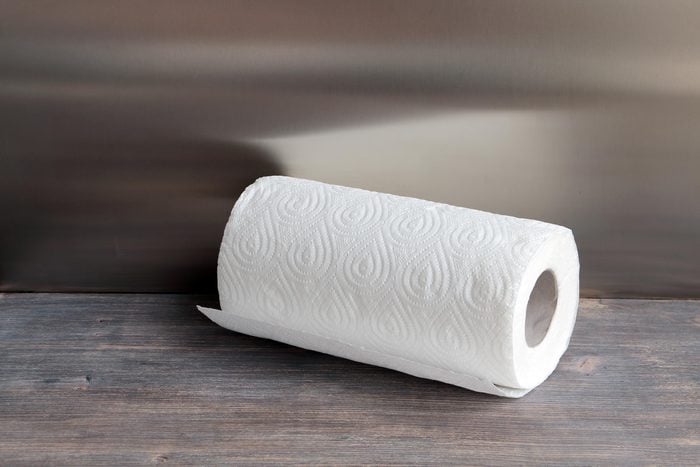
Americans use more paper towels than anyone else in the world
According to the Atlantic, the United States uses more paper towels than all of the other nations in the world combined. Switch to reusable microfiber cleaning cloths for all your household chores.
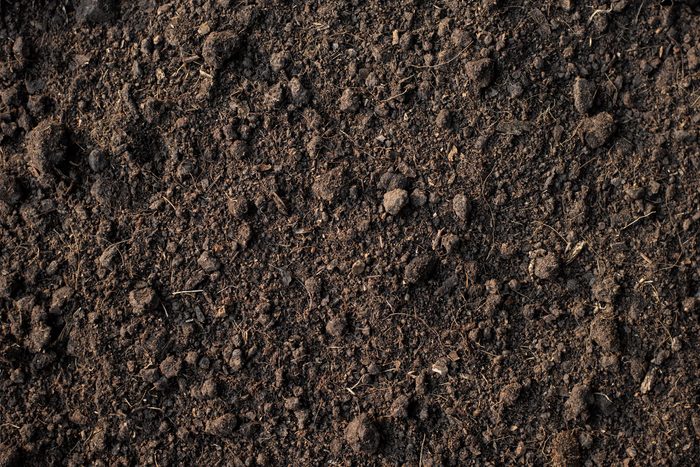
Deforestation can cause soil erosion
Tree roots play a large role in both keeping soil rich and in place. When a lot of trees are uprooted in one area, the soil can loosen and lose its quality, which is why the World Wildlife Foundation (WWF) points to deforestation as one of the causes of soil erosion. It even makes certain areas more prone to mudslides.
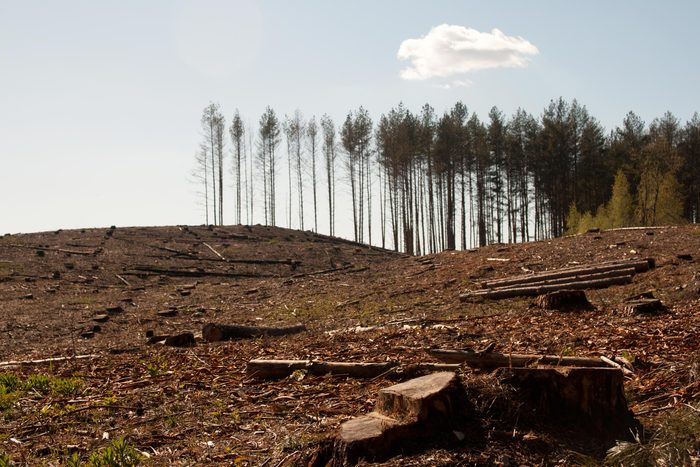
Once-thriving forests can become deserts
In the same way that deforestation can cause soil erosion, it can also cause that same land to turn into a desert, (called desertification). When a former forest area becomes barren and lifeless it raises the “threat of malnutrition from reduced food and water supplies,” among other health issues, reports the World Health Organization (WHO).
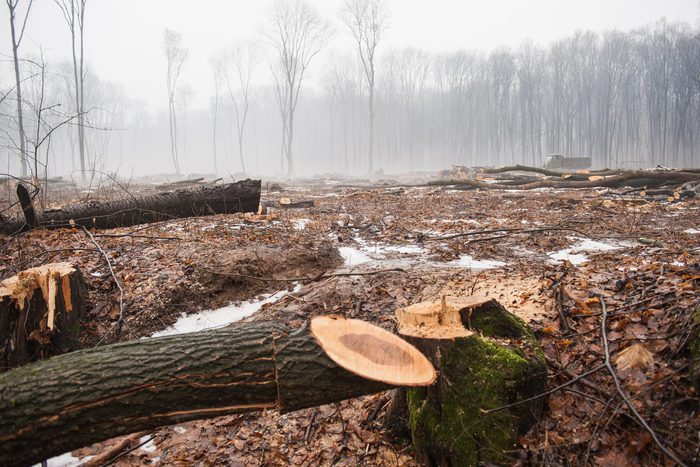
It takes less time to cut a tree than to grow one
Trees can take decades, even hundreds of years to regrow and be restored to their former glory. At the rate we are cutting them down for timber, they don’t have enough time to replenish. One thing you can do to help: Opt for products made of sustainable bamboo, which grows back quickly, instead of paper ones.
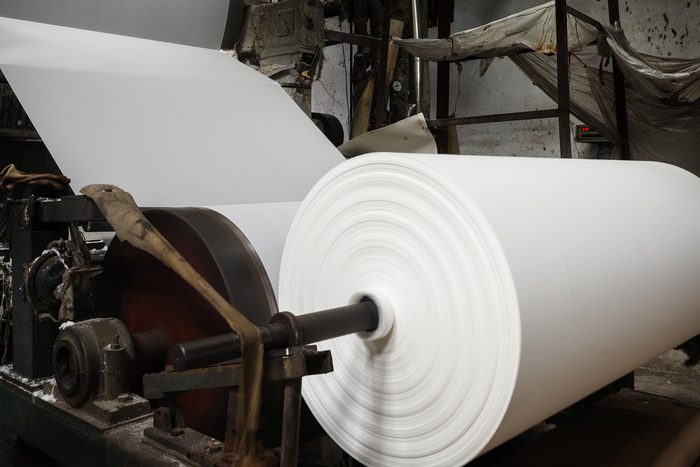
Paper production contributes to water pollution
Large scale paper production affects not only the air but also the world’s lakes and rivers, too. The chemicals used to treat paper during development often make their way into local water supplies, endangering marine life.
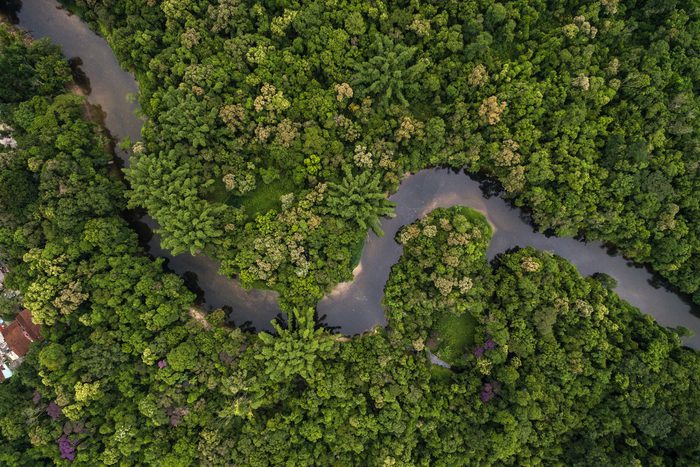
Forests give the world more than just paper
The world’s forests don’t just exist for the production of paper. For example, the Amazon forest provides valuable food and medicine and, local populations especially, depend upon it as a means of both physical and financial survival, reports the WWF.
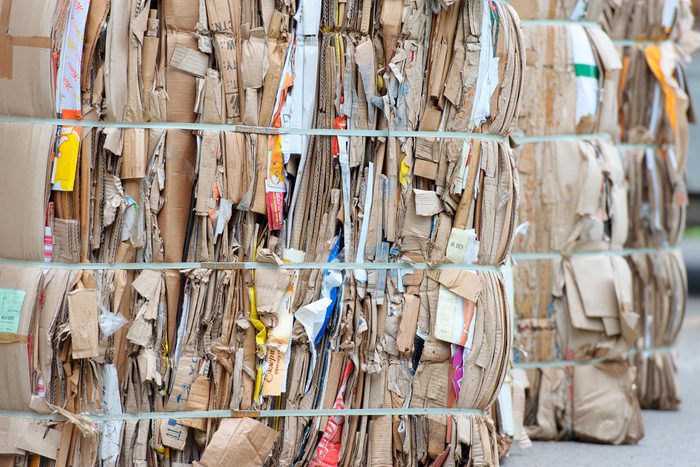
Even recycling paper has its negatives
While everyone should recycle their wasted paper, recycling is not without its downsides. The recycling process uses energy and chemicals (though less than making paper from trees), reports the BBC’s Science Focus. The best solution is to reduce your paper consumption to start with.
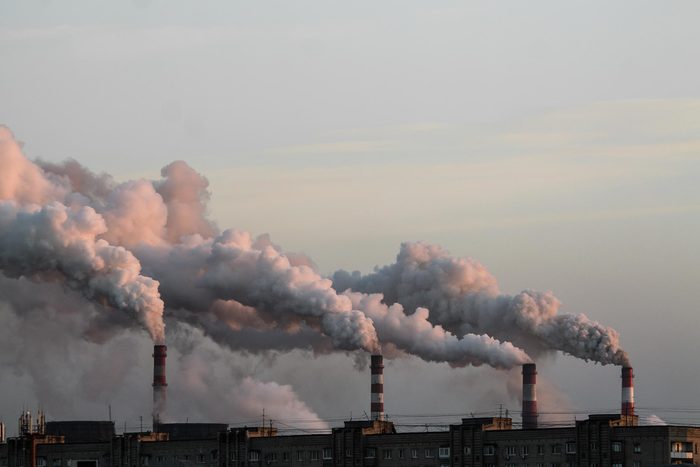
Paper is a large industrial polluter
The paper industry pollutes the Earth in pretty much every way possible: air, water, soil, etc. The paper and pulp industries are the fourth largest emitter of greenhouse gases, according to a 2007 report by the Steering Committee of the Environmental Paper Network—and that’s not even factoring in the damage to the environment from the loss of the trees.
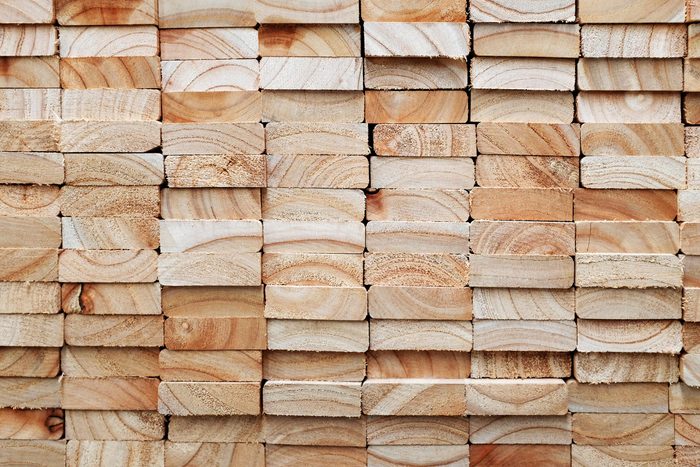
Paper production uses a large portion of the world’s wood
The paper industry accounts for 40 percent of all wood traded globally, says the WWF. That includes wood used for paper or all sorts from matte to glossy and packaging materials.

Paper production requires a lot of energy
Energy itself is an invaluable resource. Did you know that it takes 17 watts of energy to make one sheet of paper? That translates into 12 percent of the United States’s total manufacturing energy.
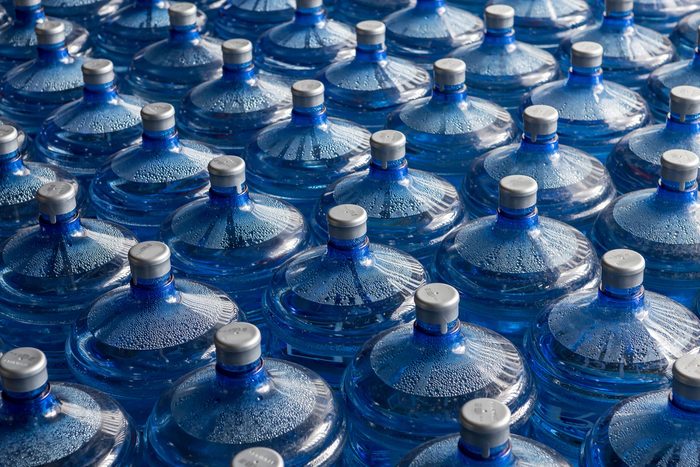
It takes huge amounts of water to make paper
To give you an idea, recycling one ton of paper can save 7,000 gallons of water, according to Recycling Revolution.
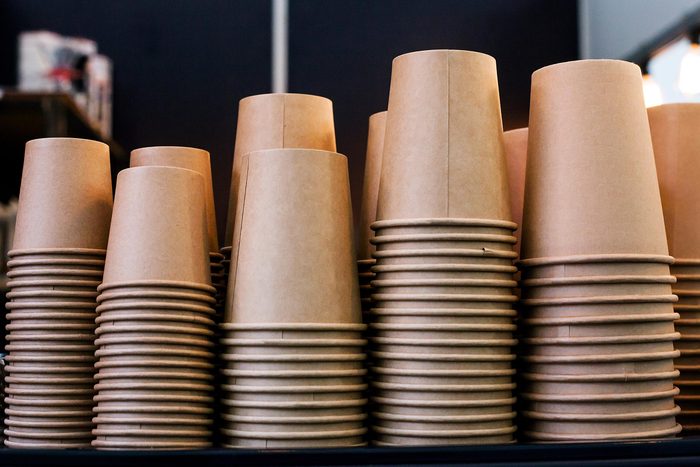
16 billion disposable coffee cups are used each year
That equates to 6.5 million trees cut down, 4 billion gallons of water, and enough energy to power 54,000 homes, per Green Match. Worse, those cups are lined in plastic, so they’re not recyclable. That should be enough to convince you to invest in a reusable thermos for your morning brew.

Bleaching paper creates harmful residue
Did you know that the bright white printer paper you’re used to is only like that because it goes through a bleaching process? Paper mills use chlorine and other chemicals to whiten paper, which in turn can create toxic water runoff.
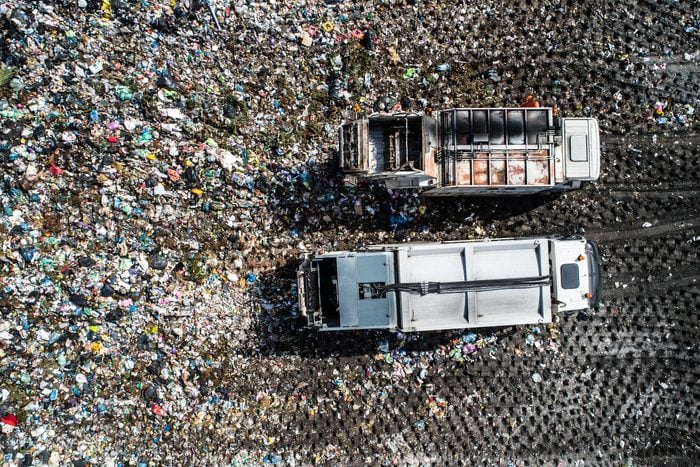
Paper is also a big problem in landfills
Paper that doesn’t get recycled ends up in landfills like everything else. The EPA estimated that in 2015, landfills received 18.3 million tons of paper and paperboard in municipal solid waste (MSW), accounting for 13.3 percent of MSW. As if that’s not bad enough, as it decomposes, paper contributes to the release of methane gas, a greenhouse gas.
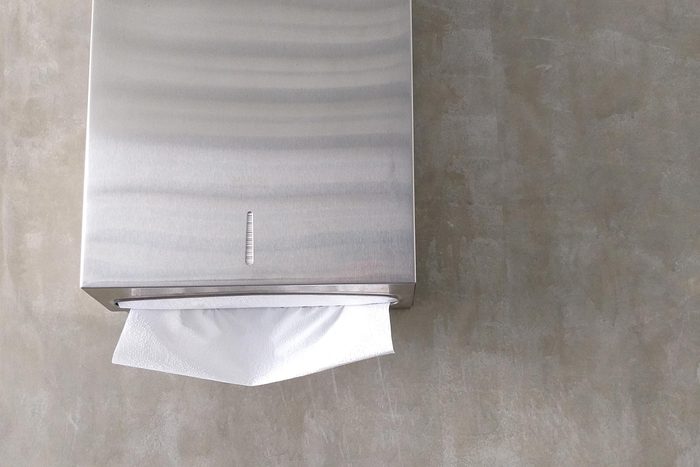
Reducing paper usage saves money
The fewer paper towels, wrapping paper, etc. you use, the less money you spend. That should motivate you to try to cut costs—and paper use—where you can.
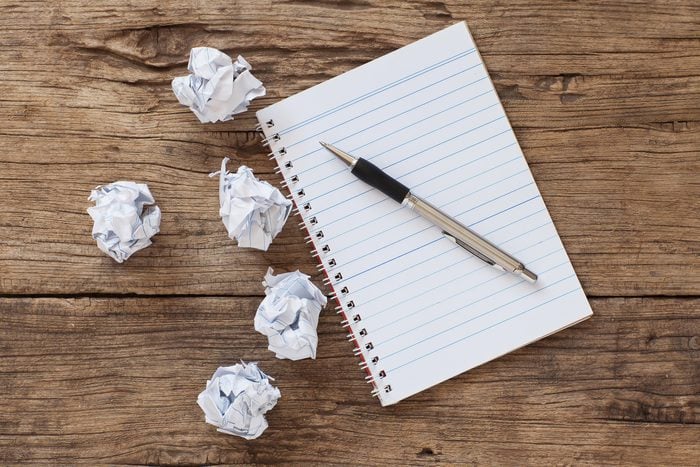
Businesses have a big impact
Just think about how many resources a business uses on a daily basis: From printing reports to copying documents, corporations big and small use massive amounts of paper. But if companies made a more concentrated effort to reduce their paper usage by embracing all that digital technology has to offer, our planet would be in a much better state. If you run or are part of a company, reforming your daily practices and reducing your paper usage could make a huge difference.
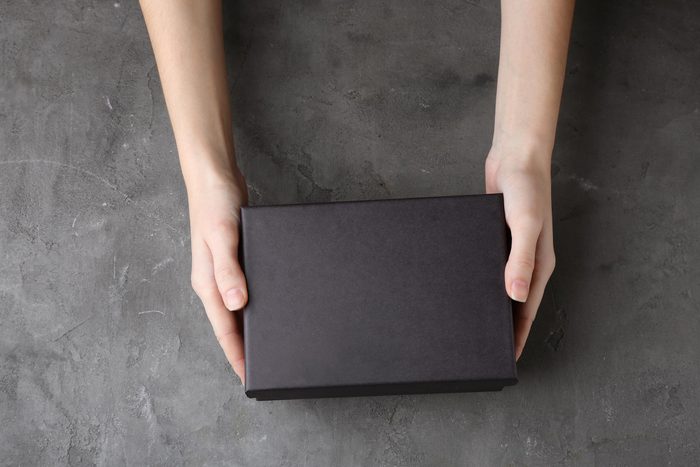
A lot of our paper goes toward packaging
That new shade of lipstick, your new pair of shoes, even your cereal all comes in boxes. While you can’t change that, you can change where you shop. Look for brands that come with less packaging and/or use materials that can be recycled. It’s not as hard as you might think; even Walmart and Sam’s Club recently announced they would be using recyclable packaging on all of their store-brand products. Paper’s not the only packaging to watch out for; these 50 facts will make you stop using so much plastic.

We’re happier and healthier when we’re green
“Exposure to green space can help alleviate depression, ADHD, Alzheimer’s, and more,” reports Scientific American. One study even found that crime was reduced in areas where more green space was added.
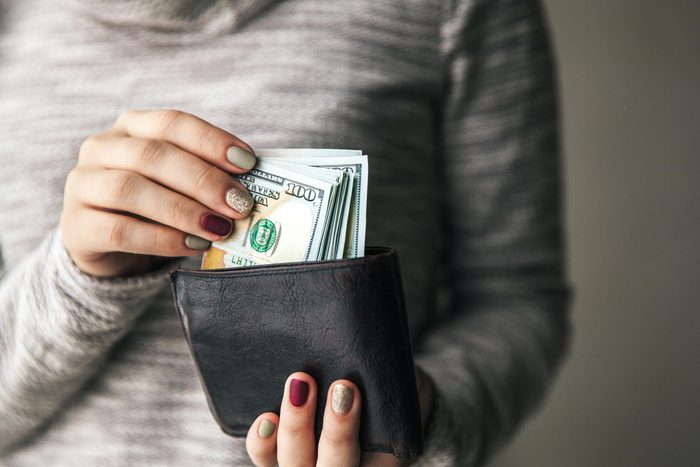
Recycling paper can save businesses money
The President of the Bureau of International Recycling told USA Today that the entire recycling industry (paper, plastics, etc.) is estimated to add $850 billion to the Global Gross Domestic Product by 2025. Basically, recycling resources such as paper can save companies millions, so it is not only the best ethical and environmental choice but economical as well.
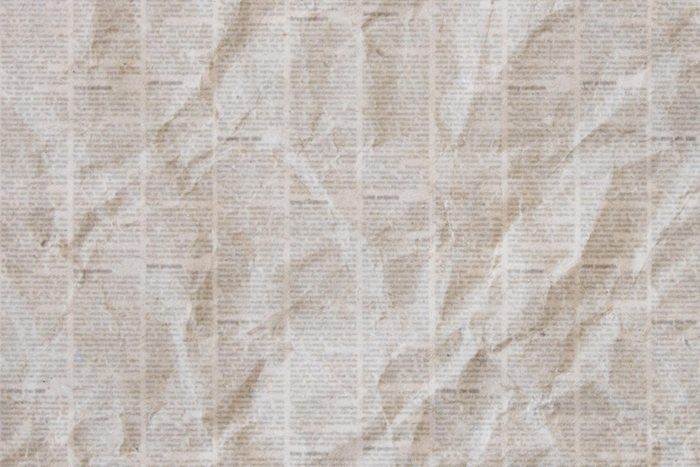
People forget to recycle their newspapers
According to Conserveatree.org, it takes between 8 and 15 trees to make one ton of newsprint or magazine paper. In addition, The American Forest and Paper Association shares The World Association of Newspapers and News Publishers’ report that 2.5 billion people read newsprint at least once a week. You don’t have to do the actual math to realize that that is a lot of trees and a lot of paper. Some people recycle their newspapers and magazines, but others don’t. Next time you hold a newspaper in your hands, think about how much it really means to dispose of it the right way.
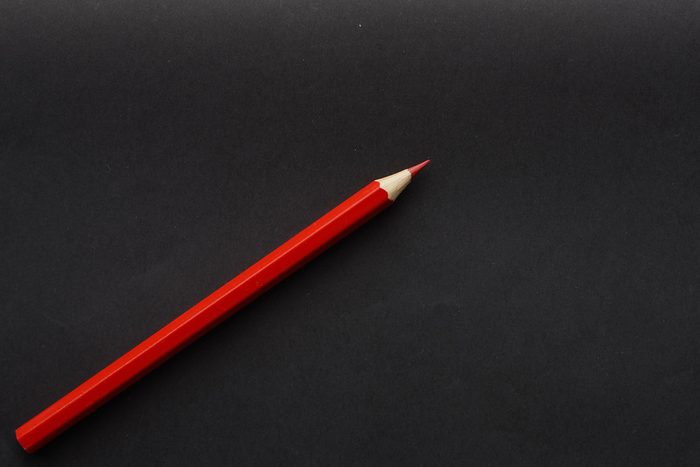
Papers can be edited online
Professors, students, and anyone in an academic, editorial or publishing setting no longer have to depend on a hard copy and a red pen to edit papers. Thanks to the advent of easy-to-use resources such as Google Drive and Dropbox, papers and ideas can be exchanged and managed all in one place.
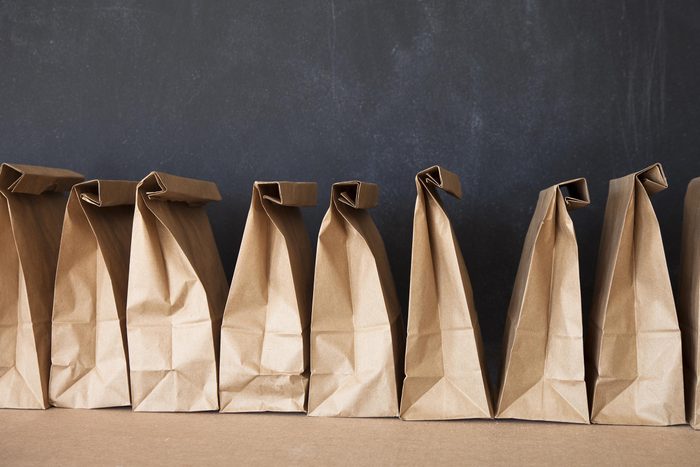
It’s better to bring your lunch in a box, not a bag
Reusable items play a big role in helping to reduce paper consumption. Instead of brown-bagging it every day, pack your lunch in a stainless steel bento box or glass box that can be washed and used again and again.

Digital calendars are more convenient
Before computers and smartphones, it was only natural that people depended on paper calendars to keep their schedules straight. Now that we have this technology, though, it’s time to put it to good use. These days, you can tell your phone to remind you of an event simply by issuing a voice command.

Wrapping paper is pointless
Wrapping paper may be bright and colorful and cheery, but it is essentially bought with the purpose of ending up in the garbage. Sundale Research reports that Americans spent $12.7 billion on gift wrap in 2017. Think of the money and the paper you could be saving!
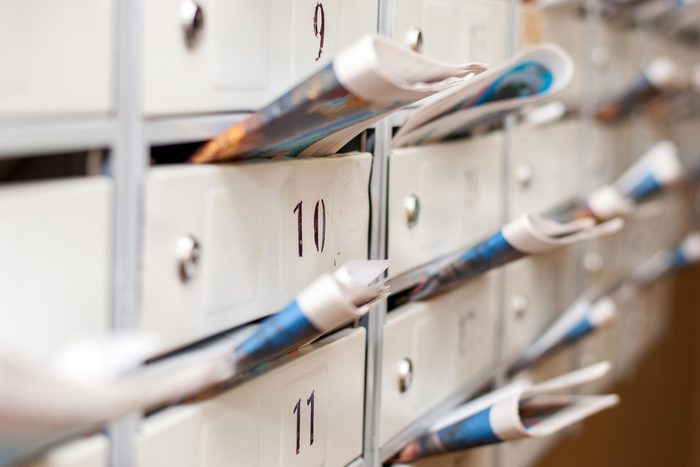
There are websites that can help junk mail from reaching your mailbox
Getting junk pamphlets and unwanted catalogs in the mail is not only wasteful, but it’s also annoying. Learn how to stop receiving junk mail at home to stop 5.6 million tons of wasted paper from ending up in landfills.
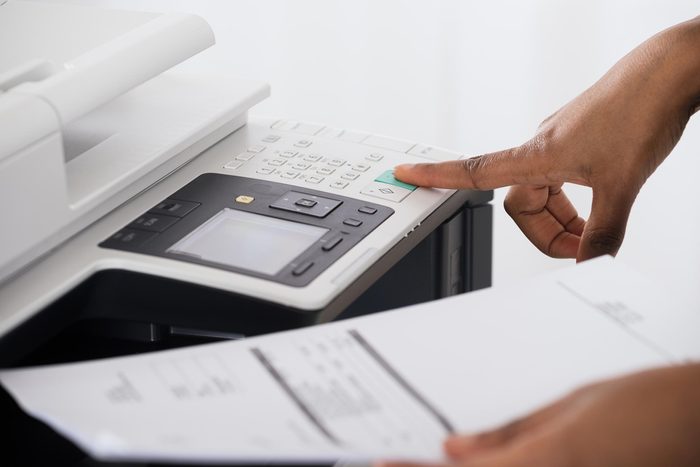
Printing double-sided saves paper
Next time you have to print a document—especially a long one—take the time to play with your printer settings. Most printers have the option of printing multiple pages on the front and back of a single sheet of paper. This option cuts your printing job in half.
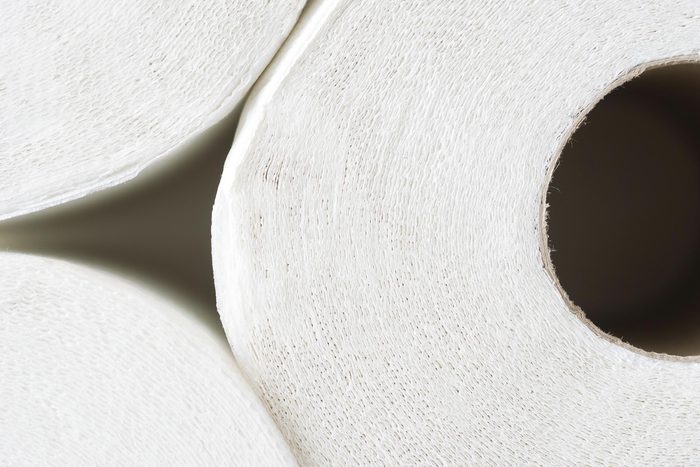
Your decisions in the bathroom matter
The last place you want to think about cutting corners is in the bathroom, but the truth is Americans use 23.6 toilet paper rolls per person per year. Don’t worry—no one is asking you to avoid using toilet paper. However, there are now an increasing amount of companies that sell things like toilet paper, napkins, and paper towels made out of resources other than tree paper. Grove Collaborative, for example, makes their products out of bamboo and sugarcane.
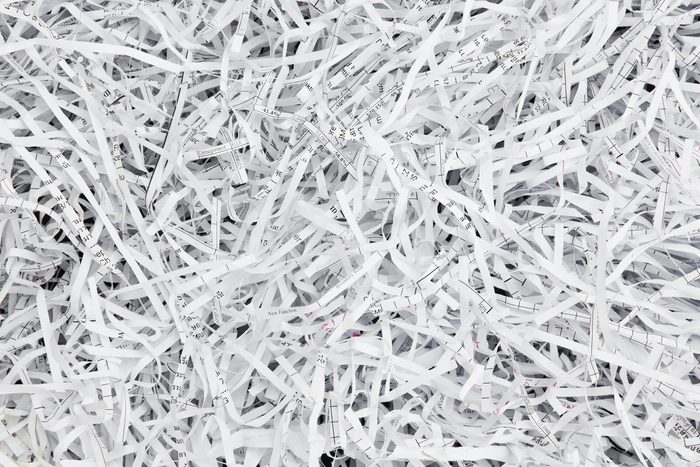
Repurposing your paper products makes a difference
A big part of going green is creativity. Take a moment to think outside the box and figure out other uses for your paper waste products. Old newspapers, for example, can be used to help package gifts or breakable items for storage. Have a hamster? A rabbit? Shred your old papers to line the cage. Shredded newspaper can be added to your compost bin, too.
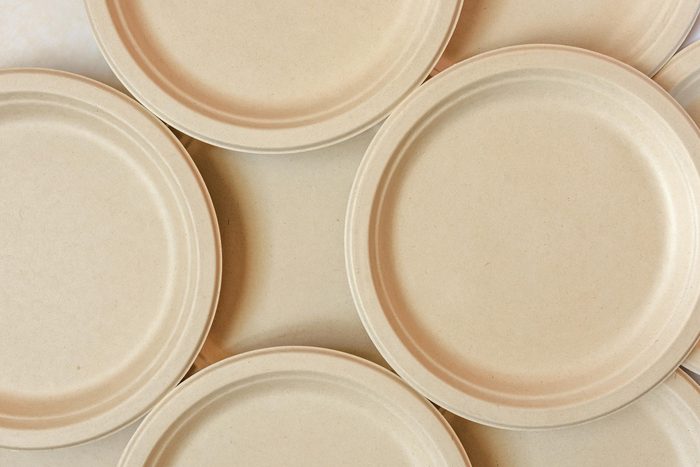
Reusable household items are great replacements for paper
Because it has become so second nature, a lot of people don’t think twice about the paper products they use at home. Paper plates, for example, are a popular household item, especially at parties. But really, the only reason for paper plates is to avoid doing the dishes. Save a lot of paper—and money—with reusable items instead. In fact, you can do away with all of these disposable items.
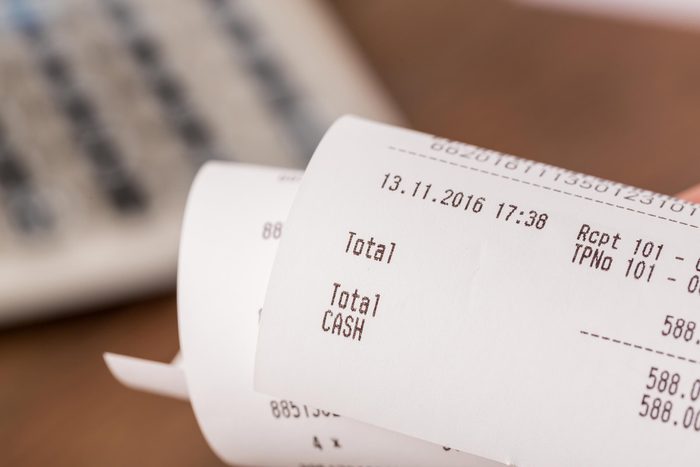
Paper receipts waste an incredible amount of resources
First of all, hardly anybody actually likes paper receipts. Most people either throw them out the second they receive them or shove them into their wallets just to throw them out when they get home. And receipts aren’t just a nuisance—they’re a problem. According to GreenAmerica.org, the United States wastes more than three million trees and nine billion gallons of water every year on receipts! Still, the truth is that many people depend on receipts for their financial records. Luckily, some shops and eateries have gotten into the habit of only sending receipts via email. When given the choice, always opt for a digital receipt.

Reusable shopping bags can save millions of trees
Lately, more and more people are opting for the reusable shopping bag. This is a great trend that everyone can get on board with. The bags themselves can be made out of recycled materials, and this way both paper and plastic bags can be avoided. NBC reports that the United States alone fells approximately 14 million trees per year to make paper shopping bags. Think about that next time you groan about remembering yours on your next trip to the store.

Alternative paper options are available
Hemp, bamboo, and straw can also be used to make paper. Look for those to save more trees.
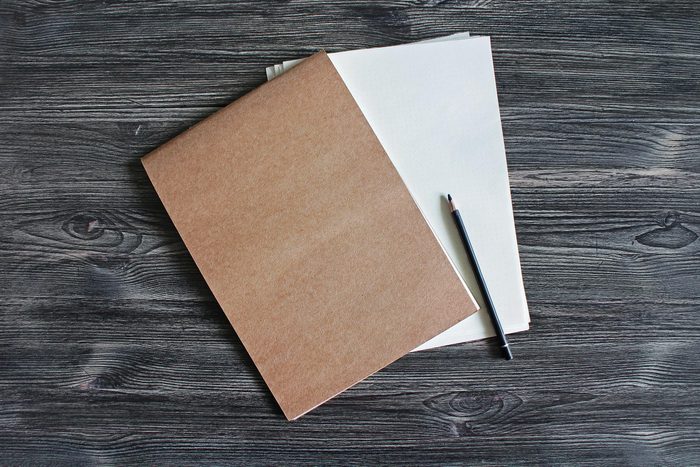
Recycled paper is available
A lot of people think making environmentally ethical choices means going out of their way. Not true! Major office supply chains sell partially or fully recycled printer paper. And don’t forget to recycle the paper when you’re done; Paper can be recycled up to seven times before it is no longer usable.

Paperwork can be done electronically
Work and office life can easily generate a lot of paper usage and paper waste. Remember, all memos, contracts, and inter-office communications can be done online. Even tax forms can be signed with a digital signature and filed electronically.

Billing can be done electronically
Still getting paper bills in the mail? Why bother? You can have all of your bills sent to you electronically. What’s more, you can enroll in auto-pay for pretty much anything from credit card payments to loans. That way, you don’t have to worry about paying your bills on time because it’s automatic—and you save paper.
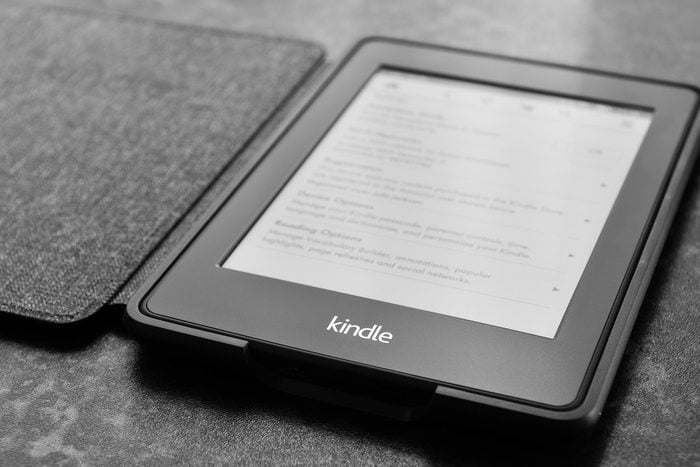
E-readers are convenient
There’s nothing quite like the feel of a book in your hands, but in today’s world, it’s not absolutely necessary. E-readers and tablets allow us to take advantage of thousands of books and magazines available in their digital versions. If it’s not a rare edition you’re looking for, try going digital instead. Better yet, there are all kinds of ways to read books online for free.
Every product is independently selected by our editors. If you buy something through our links, we may earn an affiliate commission.
